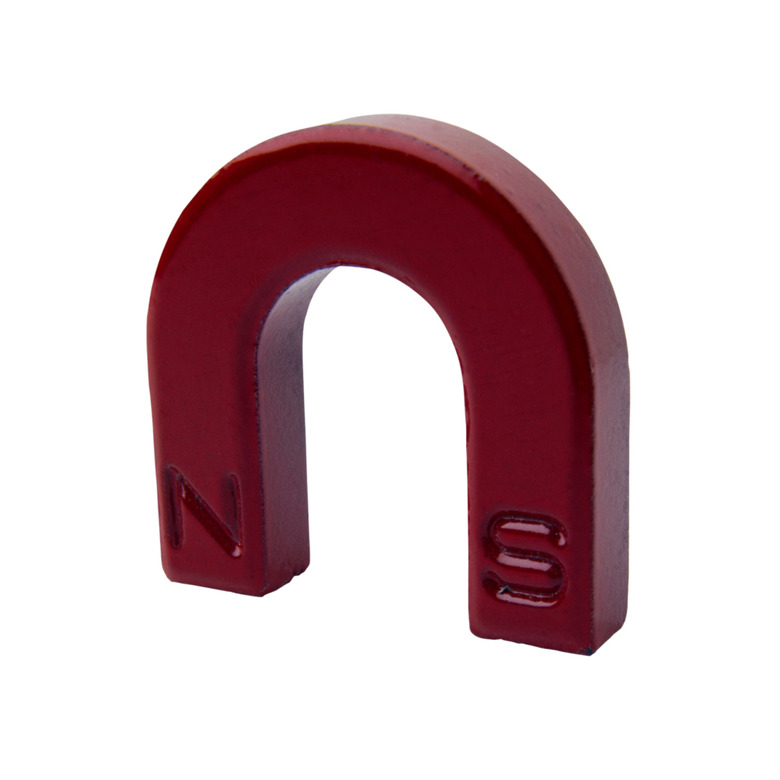What Are The Magnetic Properties Of Inconel?
The word Inconel is an industry term coined by the International Nickel Company (INCO) to describe alloys high in nickel content, meaning Inconel is not one specific alloy. It is a group of alloys that are composed of different elements with different properties. Although not naturally magnetic, certain Inconel alloys have magnetic properties, depending on the particular elements involved.
Nickel
Nickel
The heavy nickel content in Inconel alloys is one of the main sources of the magnetic properties of the alloys. Pure nickel is magnetic, even at room temperature, but is combined with elements such as chromium and carbon when making Inconel alloys. which reduces the magnetic properties. The effectiveness of this magnetic reduction can itself be reduced when the Inconel is rubbed or scraped against another alloy or undergoes a temperature change, which is commonly seen in machinery.
Electron Spin Alignment
Electron Spin Alignment
The alignment of the outer layer of electrons for Inconel alloys makes them temperature-sensitive, especially at sub-zero temperatures. The spin of these outer electrons can become so slow when Inconel is introduced to cold temperatures that it acts as if an electron is missing. When this happens, the Inconel becomes magnetic.
Carburization
Carburization
Carbon and nickel is a common element combination used to create Inconel alloys. The addition of the carbon reduces the natural magnetic property of nickel. As carbon ages or is exposed to temperature extremes, it undergoes a decay process called carburization. The magnetic properties of the nickel begin to reappear and get stronger as carburization takes place.
References
Cite This Article
MLA
Polking, Brian. "What Are The Magnetic Properties Of Inconel?" sciencing.com, https://www.sciencing.com/magnetic-properties-inconel-5913897/. 24 April 2017.
APA
Polking, Brian. (2017, April 24). What Are The Magnetic Properties Of Inconel?. sciencing.com. Retrieved from https://www.sciencing.com/magnetic-properties-inconel-5913897/
Chicago
Polking, Brian. What Are The Magnetic Properties Of Inconel? last modified March 24, 2022. https://www.sciencing.com/magnetic-properties-inconel-5913897/
